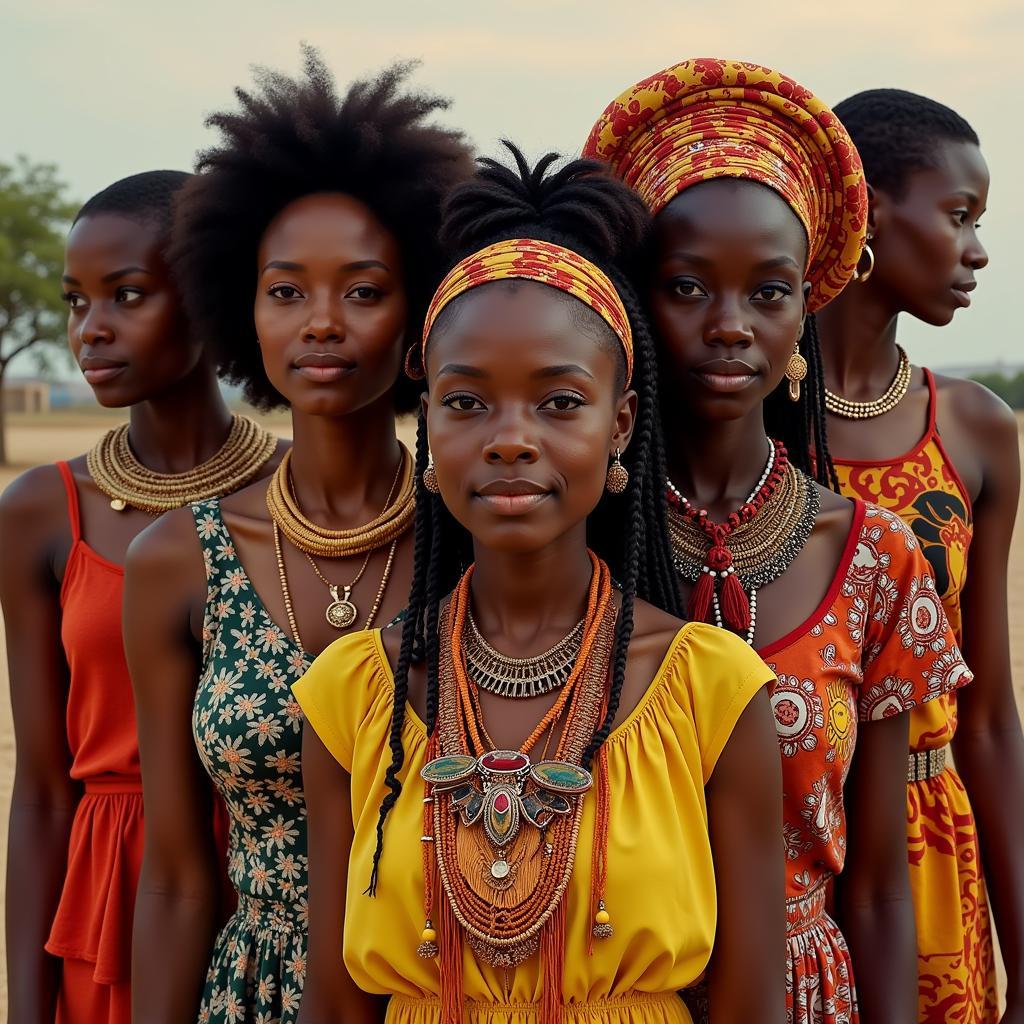The Dark Side of Sparkle: African Diamond Mines and Child Labor
The discovery of a glittering diamond often evokes images of luxury and romance. However, behind this dazzling facade lies a harsh reality, particularly in certain parts of Africa, where the diamond industry is tainted with the exploitation of child labor. This article delves into the complex issue of child labor in African diamond mines, exploring its causes, consequences, and the ongoing efforts to combat it.
Poverty: The Root of Exploitation
One of the most significant drivers of child labor in African diamond mines is poverty. In many diamond-producing regions, families struggle to survive on meager incomes. The lure of even a small income from a child’s labor can seem like a lifeline, pushing parents to send their children into the mines. This desperate situation is further exacerbated by a lack of access to education and alternative income-generating opportunities.
Hazardous Conditions and Enduring Trauma
The conditions in these artisanal and small-scale diamond mines are often perilous. Children, with their small frames and underdeveloped bodies, are forced to work long hours in cramped, poorly ventilated tunnels. They are exposed to dangerous tools, heavy machinery, and the constant risk of mine collapses. The physical dangers are compounded by the psychological trauma these children endure, deprived of their childhood, education, and basic human rights.
The Kimberley Process: A Flawed Diamond Certification Scheme?
In an attempt to curb the flow of conflict diamonds, the Kimberley Process (KP) was established in 2003. This international certification scheme aims to ensure that diamonds sold on the international market are not used to finance rebel groups. However, the KP has faced criticism for its narrow definition of conflict diamonds, which excludes diamonds mined using child labor. Critics argue that the KP’s focus on conflict diamonds alone is insufficient and that it needs to address the broader issue of human rights abuses within the diamond industry, including child labor.
A Call for Ethical Consumption and Sustainable Solutions
The fight against child labor in African diamond mines requires a multi-pronged approach. Consumers play a crucial role in demanding ethical sourcing and transparency within the diamond industry. Supporting jewelers and companies committed to responsible sourcing practices can help create a market for ethically sourced diamonds.
 A classroom full of African children engaged in learning, symbolizing hope and a future free from child labor
A classroom full of African children engaged in learning, symbolizing hope and a future free from child labor
Empowering Communities and Providing Alternatives
Addressing the root causes of poverty is essential to break the cycle of child labor. Investing in education, vocational training, and community development programs can provide children and families with viable alternatives to mining. Supporting organizations working to improve access to healthcare, clean water, and sanitation also plays a vital role in alleviating the hardships that drive families to send their children to work in the mines.
Conclusion: A Shared Responsibility for a Brighter Future
The issue of child labor in African diamond mines is complex and deeply intertwined with poverty, lack of opportunities, and inadequate governance. While initiatives like the Kimberley Process have made some strides, there’s a pressing need for greater transparency, stricter regulations, and a collective effort from governments, industry stakeholders, and consumers to eradicate this exploitation. Only through a combined commitment to ethical practices and sustainable solutions can we hope to create a future where the sparkle of a diamond is not tarnished by the exploitation of children.
FAQs:
1. Are all diamonds from Africa mined by children?
No, not all diamonds from Africa are mined by children. However, child labor remains a significant problem in certain artisanal and small-scale diamond mining operations in some parts of the continent.
2. What can I do to ensure the diamonds I buy are ethical?
Ask your jeweler about the origin of their diamonds and look for certifications like the “Fairtrade Gold” or “Responsible Jewellery Council” (RJC) certification.
3. Does the Kimberley Process guarantee that diamonds are free from child labor?
No, the Kimberley Process primarily focuses on conflict diamonds and does not explicitly guarantee that diamonds are free from child labor.
4. What are some organizations working to combat child labor in the diamond industry?
Organizations like Pact, World Vision, and Human Rights Watch are actively working to address child labor in the diamond industry.
5. Is the situation improving?
While challenges remain, there has been progress in combating child labor in the diamond industry. Increased awareness, stricter regulations, and community-based initiatives offer hope for a brighter future.
Need help or more information? Please contact us.
Phone Number: +255768904061
Email: kaka.mag@gmail.com
Address: Mbarali DC Mawindi, Kangaga, Tanzania.
Our customer service team is available 24/7 to assist you.

